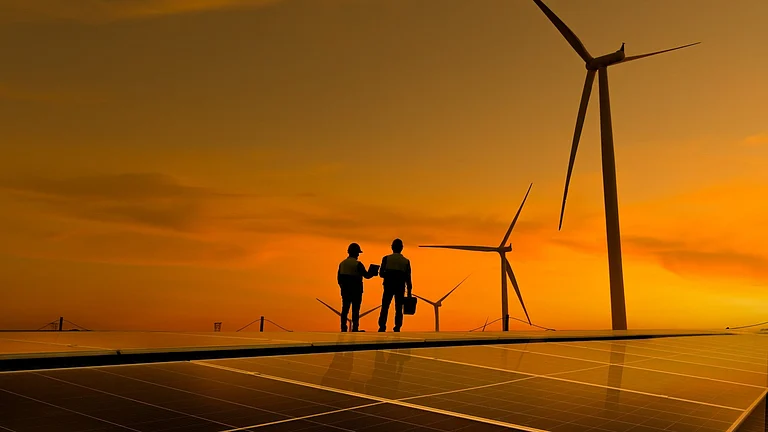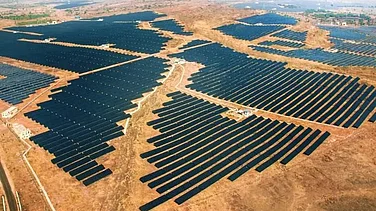Amid the rising need to integrate India’s green power capacity to the grid, the government has stepped up their efforts to upgrade the country’s electricity transmission backbone. As per government data, more than 30 power sector firms were incorporated in the first half of 2025 - most of which were transmission companies and infrastructure investment trusts.
As per a Mint report, the number of power sector companies established by the Centre rose from two in February to 10 in June.
With the increasing addition in India’s renewable power capacity, the need to have a wider and robust transmission network becomes more urgent.
The country has made notable progress with 242.8 GW accounting for non-fossil fuel capacity. However, the transmission infrastructure has not grown in a similar pace.
According to data from the Central Electricity Authority (CEA), 8,830 circuit kilometres (ckm) of transmission network was added in the year 2024-26, which is around 38%lower than 14,203 ckm added in FY24. However, in the first two months of this fiscal year (April-May), the addition of transmission capacity has gained pace — with 620 ckm of transmission lines added, rising up from 391 ckm in the same year-ago period.
India currently has an overall power transmission network of 495,405 ckm and requires an additional 191,000 ckm of transmission lines by 2031-32. In order to meet that target, a cumulative investment of ₹9.15 trillion in the country’s India’s power transmission sector will be needed to ensure steady power supply and add battery storage capacity, as per the CEA’s National Electricity plan released in October.
The plan states that there is need to integrate10 GW of offshore wind capacity, 47 GW of battery energy storage systems and 30 GW of pumped storage plants in the country. Apart from that additional transmission capacity would also cater to the needs of green hydrogen and green ammonia manufacturing hubs.
Former Secretary at the Union Ministry of Power, Alok Kumar told Mint that as India’s transmission capacity addition gains pace, the focus will shift from inter-state transmission systems to intra-state transmission systems, leading to greater role of state agencies and companies. He further said, “As the 100% waiver of ISTS (inter-state transmission system) charges for renewable energy ended in June, and there would be a gradual decline in the waiver, the focus would now be more on the intra-state transmission and expansion at the state-level.”
To understand better: inter-state transmission system charges refer to fees payable by developers to transmit electricity from one state to another.
The renewable energy projects that werecompleted by 30 June have been offered a 100% waiver in ISTS charges for 25 years. Developers who complete their projects on or before 30 June 2026 will be offered a 75% waiver for 25 years and projects commissioned by 30 June 2028 will get a 25% waiver. On the other hand, projects that remain incomplete beyond 30 June 2028 will not be given any waiver.
Focus on State-run Projects
As per Union Budget documents, state-run power sector companies are allowed to spend ₹85,838 crore towards capital and operational expenditure this financial year, about 21% more than in FY25. This includes debt and internal resources.
Data from the Ministry of Corporate Affairs show that the parent entities behind the 10 state-run power enterprises established this year include NLC India Renewables Ltd, which is the green energy arm of NLC India Ltd; NTPC Green Energy Ltd, a subsidiary of NTPC Ltd; Power Finance Corp.; Coal India Ltd; and Gail India Ltd.
Additionally, PFC Consulting Ltd, a subsidiary of Power Finance Corp., has also set up multiple transmission projects, including Wagdari Transmission Ltd and Saswad Transmission Ltd. Besides that, REC Power Development and Consultancy Ltd, a unit of state-owned REC Ltd has also established special purpose vehicles Rajgarh Neemuch Power Transmission Ltd, Ananthapuram II Power Transmission Ltd and Davanagere Power Transmission Ltd to ramp up India’s power transmission capacity.































